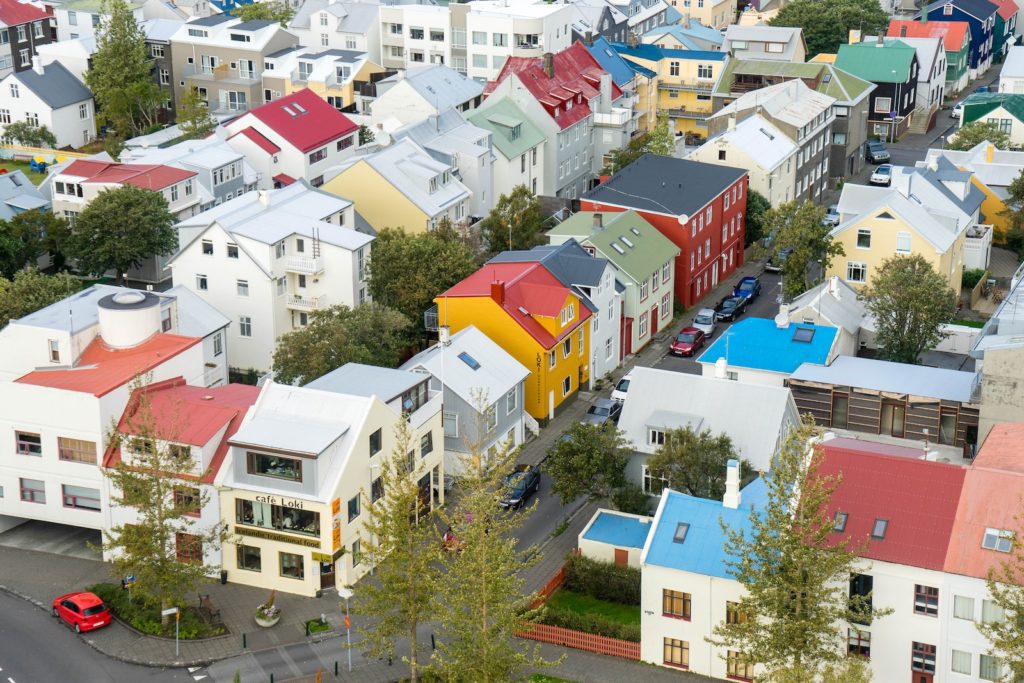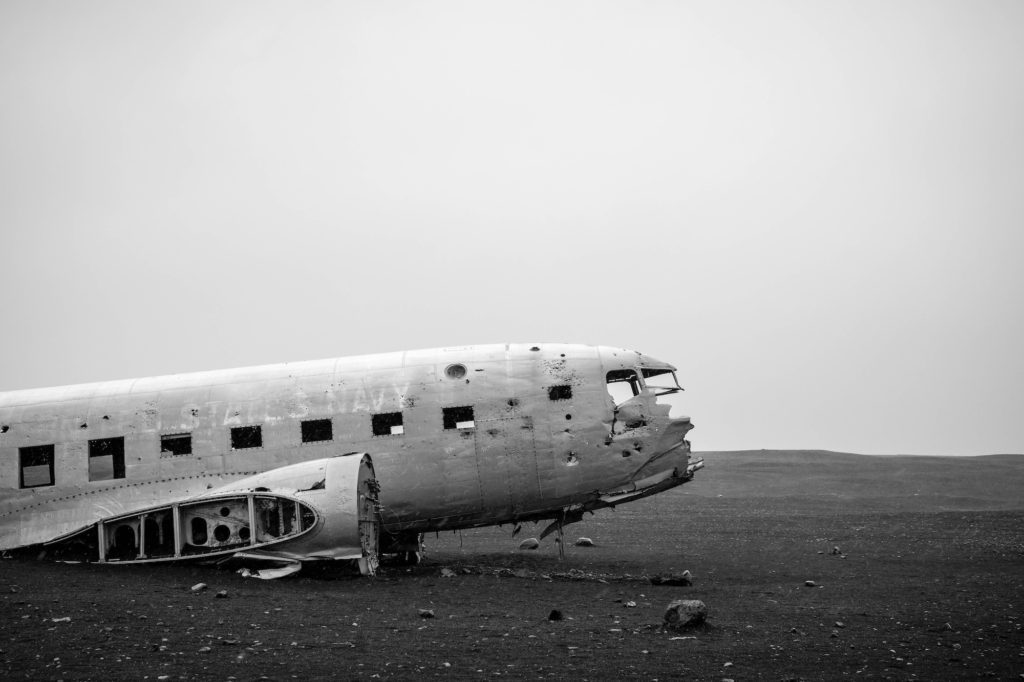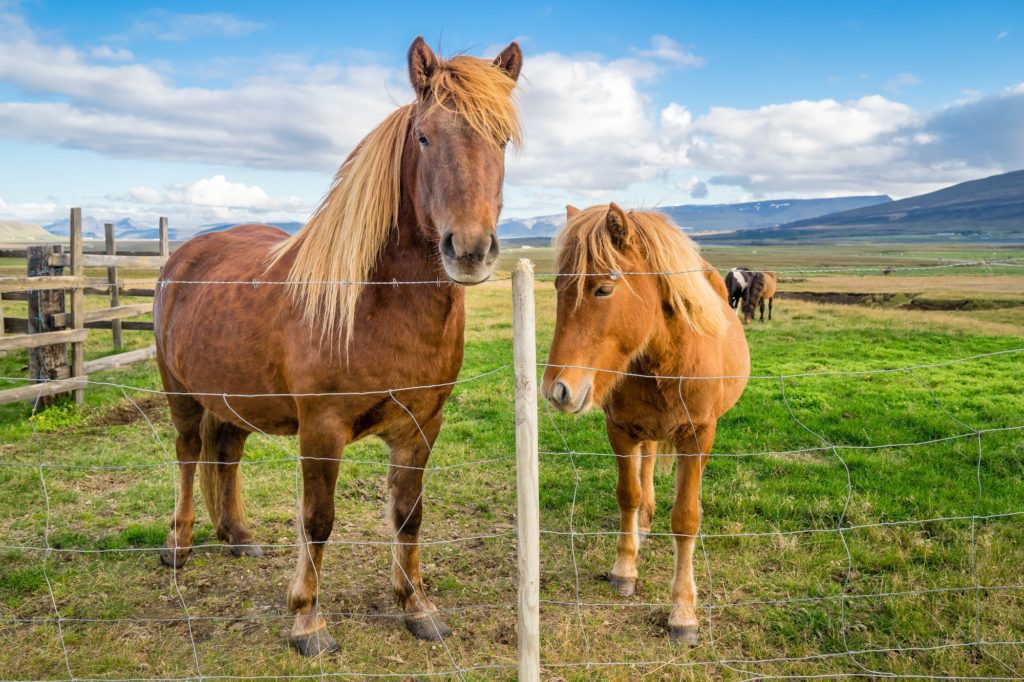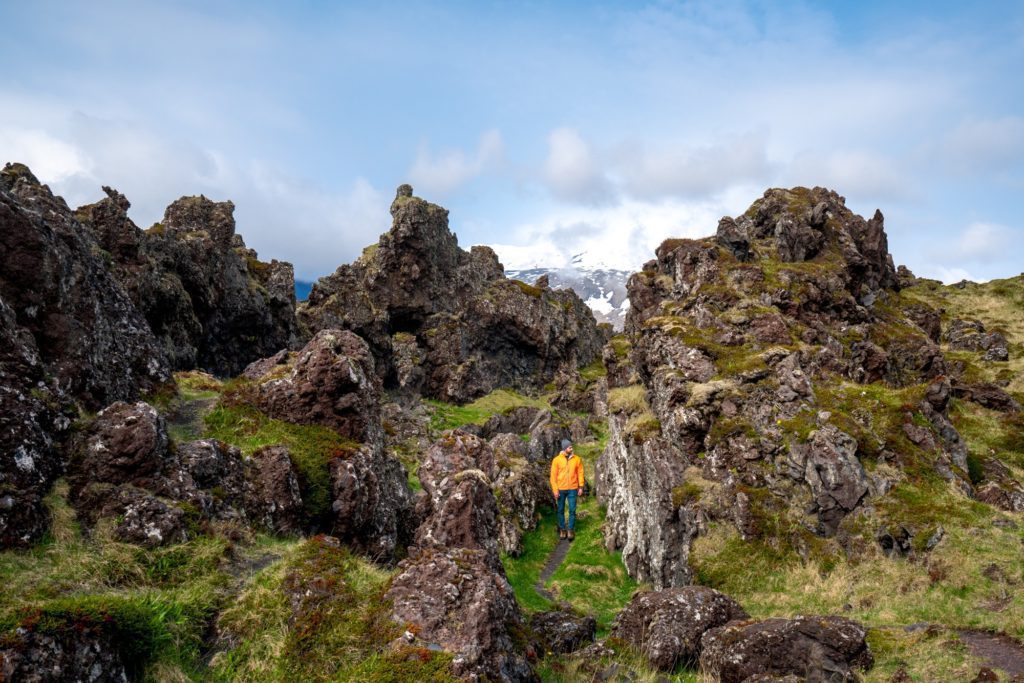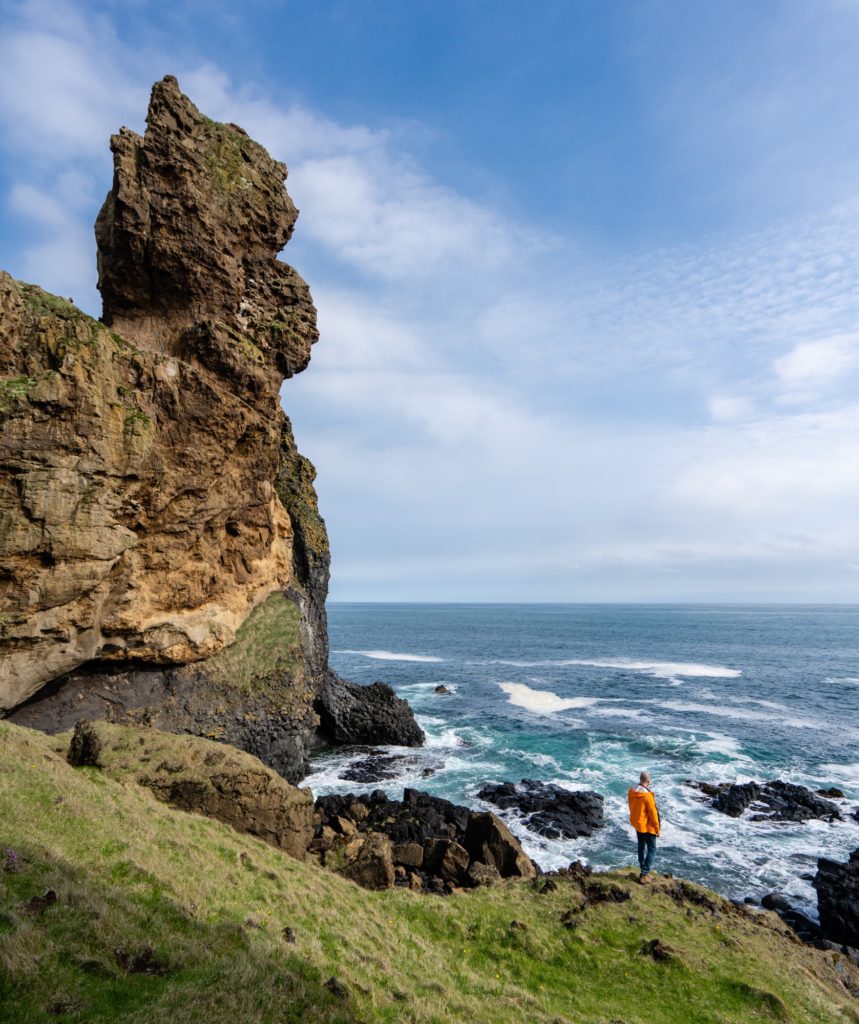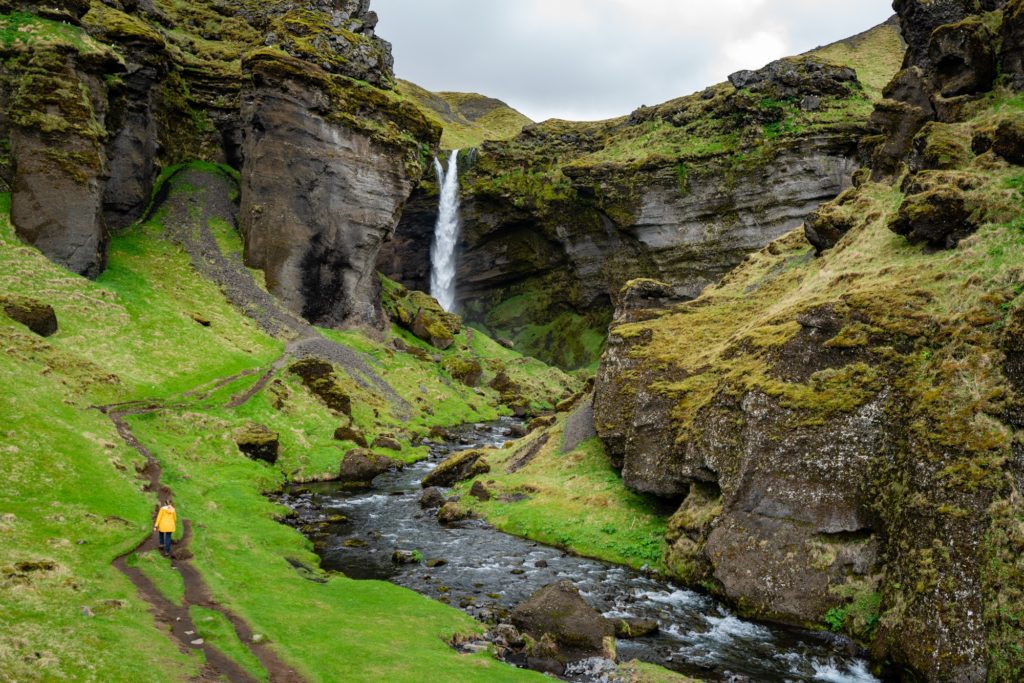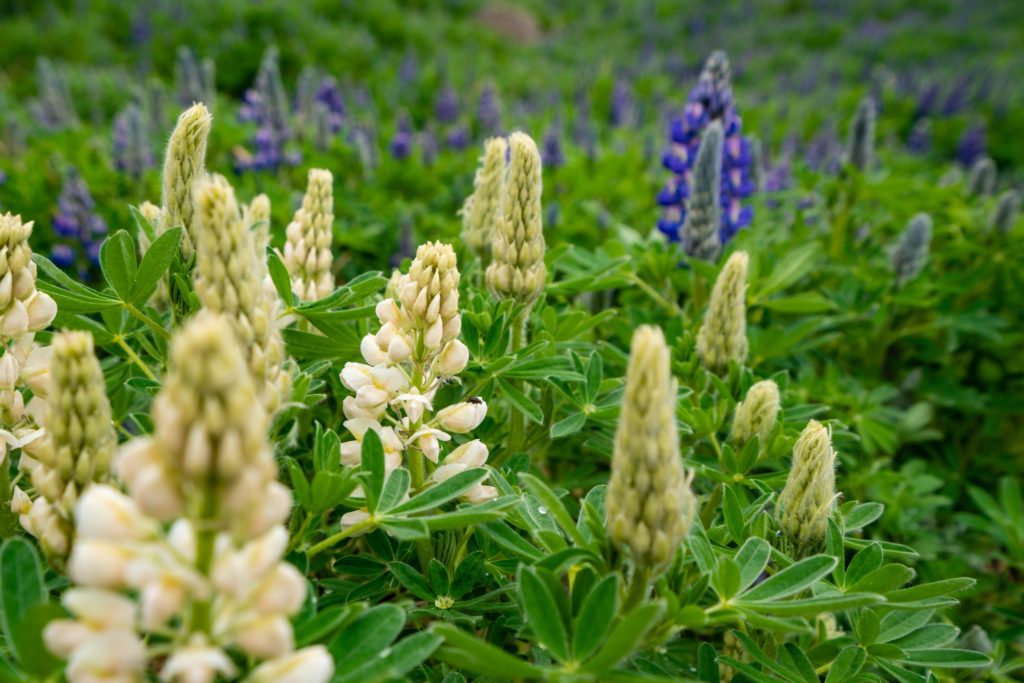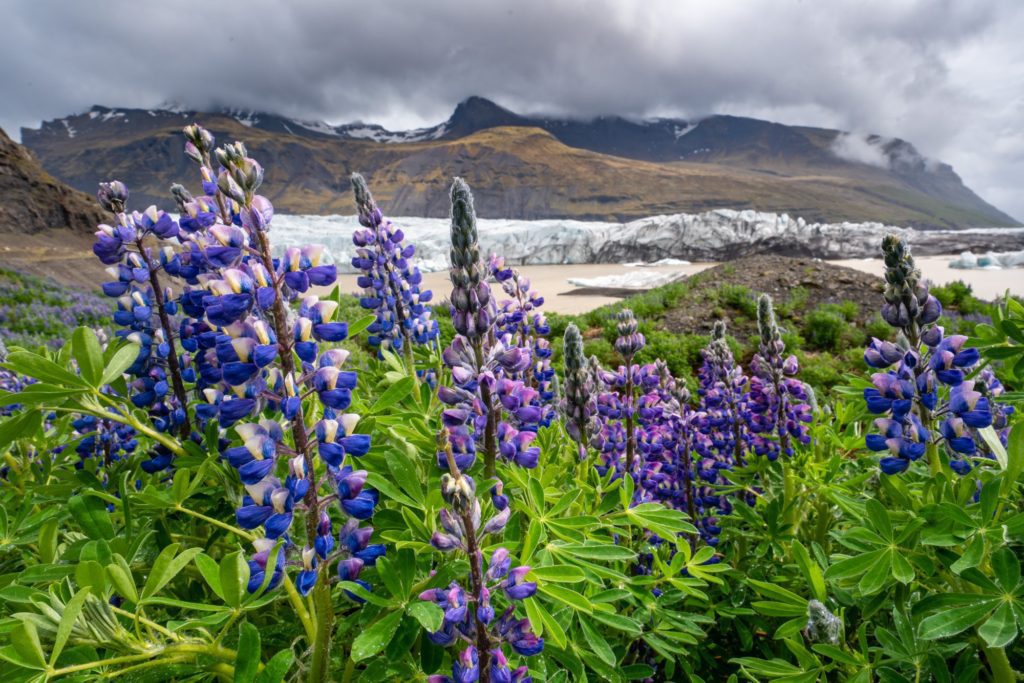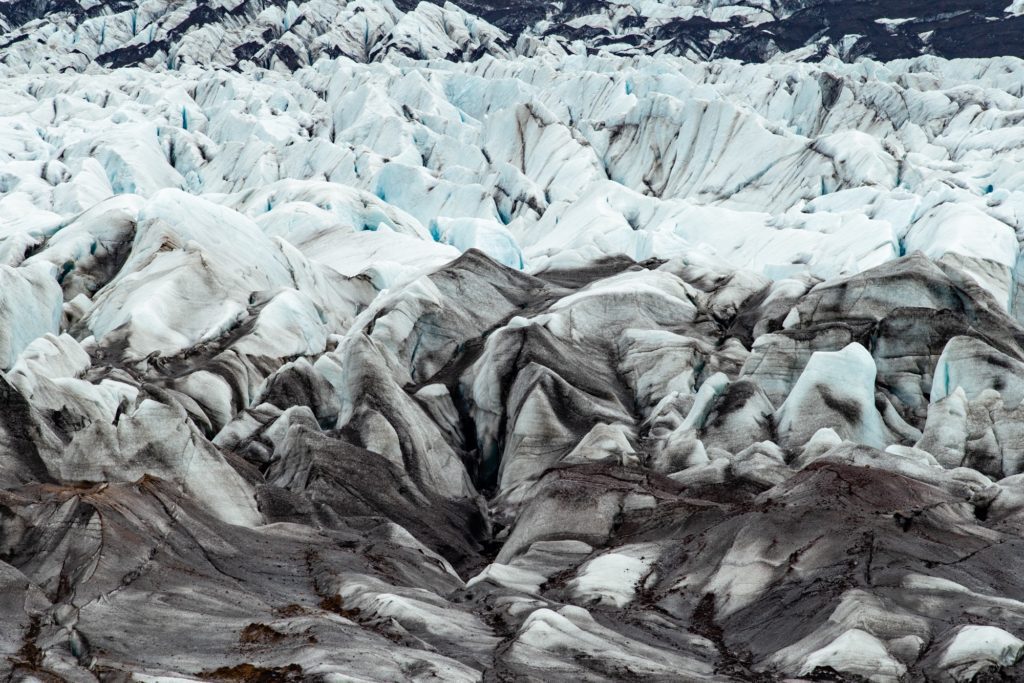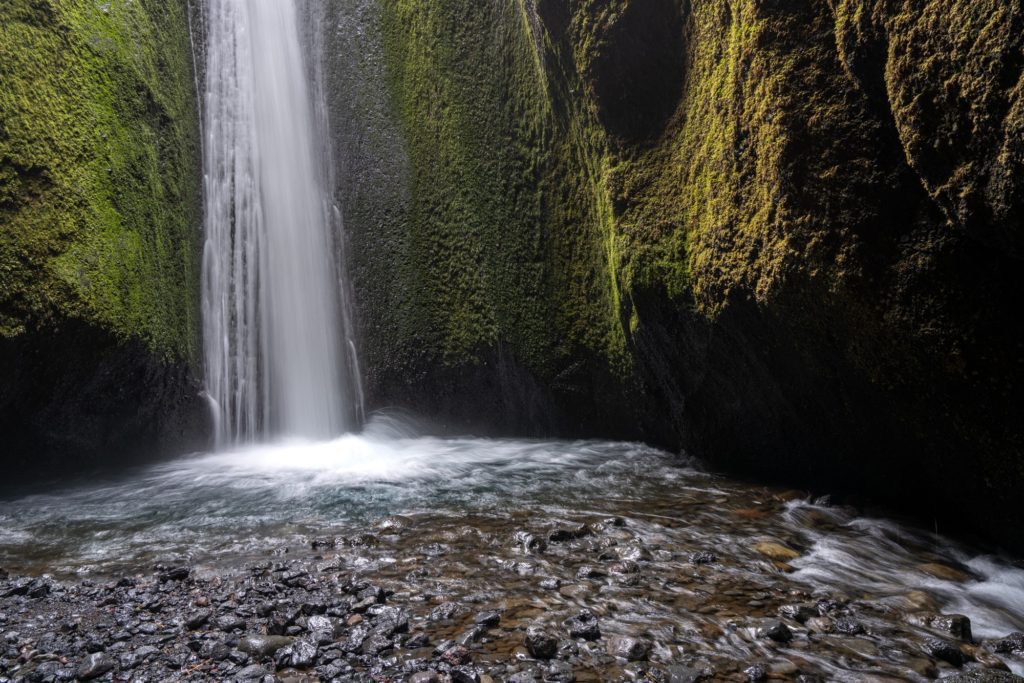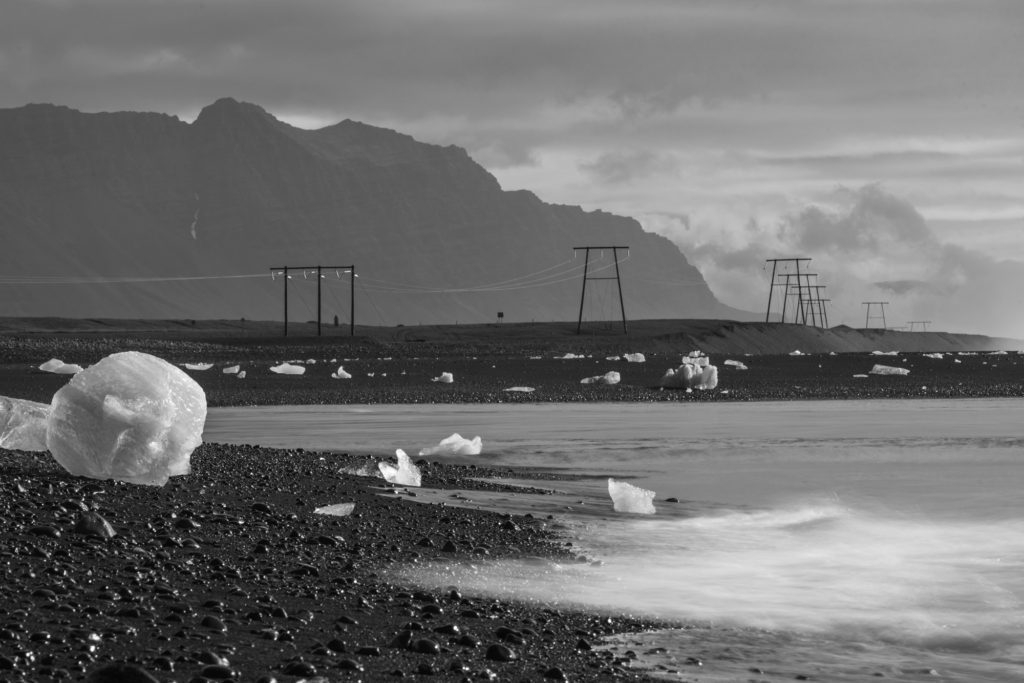
Introduction
Iceland, often known as the “Land of Fire and Ice,” is a realm of stark contrasts and natural wonders. This Nordic island nation, with its dramatic landscapes of volcanoes, geysers, hot springs, and lava fields, beckons travelers seeking the extraordinary. From the magical Northern Lights to the bustling streets of Reykjavik, Iceland offers an unforgettable blend of cultural richness and unique geological phenomena.
What to See
In Iceland, every turn brings a new and awe-inspiring vista. Visitors are drawn to its dramatic waterfalls, black sand beaches, and majestic glaciers. The country’s commitment to preserving its pristine environment means that these natural treasures are accessible, allowing travelers to witness the power and beauty of nature up close. Iceland’s vibrant culture, seen in its music, art, and folklore, adds another layer of allure to this enchanting land.
NomadFavorites

Diamond Beach
subhead
Description
Þingvellir National Park
A Site of Geological and Historical Significance
Þingvellir, a UNESCO World Heritage site, is not only geologically unique as the meeting point of tectonic plates but also historically significant as the location of Iceland’s ancient parliament.
Gullfoss Waterfall
Nature’s Spectacular Display
Gullfoss, part of the famous Golden Circle route, is a stunning waterfall that showcases the raw power and beauty of Icelandic nature.
Recent Posts
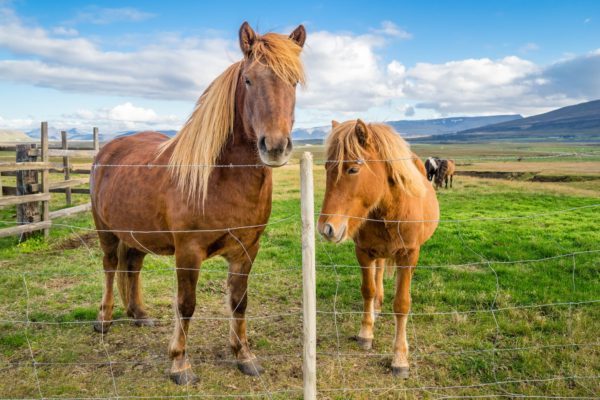
iceland
October 2015 Recap
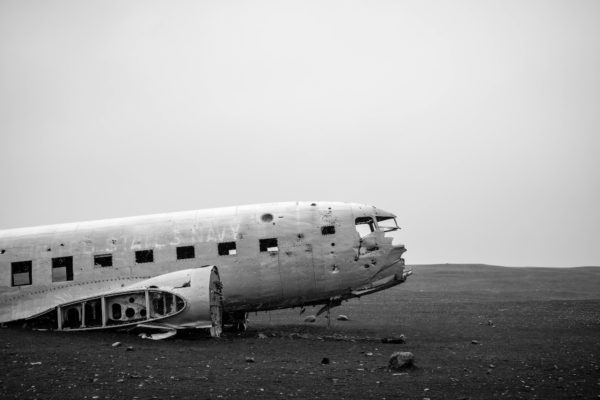
When to Visit
The best time to visit Iceland depends on what you want to experience. For those wishing to witness the Midnight Sun and enjoy outdoor activities like hiking and whale watching, the summer months of June to August are ideal. The days are long, and the country is in full bloom.
Winter, from November to February, is the perfect time to experience the Northern Lights, one of Iceland’s most famous natural phenomena. Though the days are short and the weather can be harsh, the snowy landscape offers a different kind of beauty, ideal for winter sports and hot spring visits.
Costs
Traveling in Iceland on a budget is challenging but possible. With a daily budget of around $50-70, budget travelers can explore camping options, enjoy local street food, and utilize public transportation. Many of Iceland’s natural attractions, like waterfalls and hiking trails, are free, offering budget-friendly exploration.
For mid-range travelers, a daily budget of about $100-150 is more comfortable. This budget allows for stays in guesthouses or budget hotels, dining experiences that include Iceland’s unique cuisine, and participation in activities like guided tours of the Golden Circle or whale-watching excursions. This budget also allows for some splurges on unique experiences like glacier hiking or a dip in geothermal pools.
